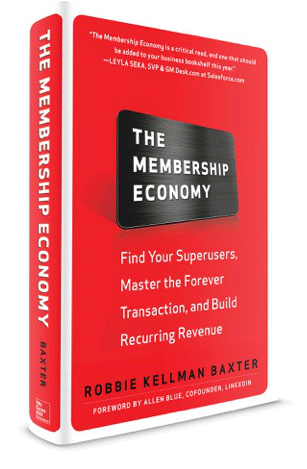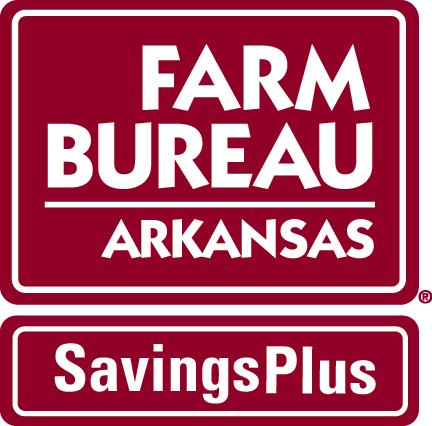How Better Member Benefits Communicate the Real Value of an Association
The most basic definition of a transaction is an exchange of goods. One person hands over something and receives something they desire in return. Obviously, this is usually in the form of a person handing over money in exchange for an item or service.
Most of us will do this a couple times a day. These transactions are easy to comprehend and, later, evaluate.
For example: I handed over $1.25 for a pack of gum, which was great, and I will mindlessly make the same transaction over and over until one side of the equation changes (probably in the form of increasing prices from the gum company, or my dentist assaulting me for chewing so much gum). I get the gum, they get my money. I see it as a fair exchange of value for value.
Unfortunately not all transactions are so cut-and-dried.
What about when you pay for insurance, an auto club, or maybe dues for an association membership, when there’s no actual, physical product coming your way?
How do you judge the value of those transactions?
The Buyer is the Judge
The value of a product or service is always clear to the company providing it. That’s not always the case to the buyer.
Value is always in the eye of the beholder, however, and in this case, the buyer is the beholder. And their vision isn’t always that great.
Let’s focus on associations. The value of the transaction is clear to the association. They provide advocacy, ongoing learning opportunities, and member benefits, among other things. All items of significant value.
That doesn’t always matter to consumers, however. Not when they’re looking at a list of bills and evaluating what expenditures are worth the investment.
The Burden is on Value
Businesses that don’t offer an easy-to-evaluate, tangible product carry a heavy burden of communicating value. They need to show a direct “what’s in it for them,” or risk losing members.
The key is creating regular engagement opportunities with members. That begins with better member benefits. Discount programs, personalized content, and occasional freebies are a few ideas that people will actively use and benefit from.
High-usage benefits lead to greater engagement with the association. That greater engagement (and the trust equity that comes from it) opens the doors to conversations about the larger purposes of the association.
The end result is a transaction with a proven, recurring value. Just like a pack of gum at the local convenience store, people will know exactly what they’re getting and will be quite comfortable handing over the required money.
At minimum, members will see how their benefits can outweigh (and in some cases, offset) the costs of membership.
At best, a sharper focus on high-usage benefits will open members’ eyes to the larger, overarching goals of the association, spurring them to greater involvement and sharing.
Either way, everyone involved in the transaction will receive what they’re looking for, creating a high probability that it’ll happen again and again in the future.
(Bubble gum image provided by J Kivinen)
Topics: Member Benefits
Written by: Brandon Carter




.jpeg)







Share your Comment.